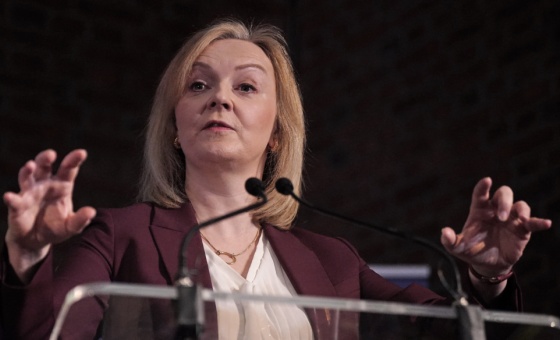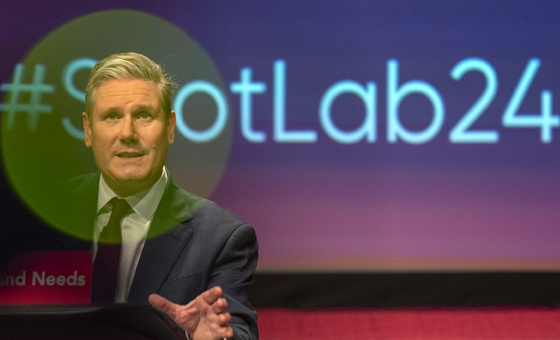This is the last article you can read this month
You can read more article this month
You can read more articles this month
Sorry your limit is up for this month
Reset on:
Please help support the Morning Star by subscribing here
The Fascist Painting: What is Cultural Capital?
by Phil Beadle
(John Catt Educational, £16)
“THE best which has been thought and said,” is the quote which starts Phil Beadle’s latest book on cultural capital and in it the award-winning teacher and author takes us on a journey from the origin of this phrase through a series of amusing and very well-researched chapters on the concept of cultural capital to a final discussion of some practical applications in our schools today.
That phrase is apparently what we should be teaching in schools, according to Ofsted and Michael Gove.

Of course we know that it doesn’t mean the best that has been thought or said by just anyone, but the best that has been thought and said by dead white blokes.
The phrase originated, Beadle tells us, with Matthew Arnold and its importation by Gove, he says, is “an importation of a British and symbolically violent and completely unexamined private-school trope into the language of state schools.”
He goes on to explain in great detail the origins of the phrase “cultural capital” originally advanced by radical socialist Pierre Bourdieu as a way of drawing out “the ways in which a certain view of culture exists in order to reproduce existing structures.”
The idea that Ofsted should be pushing schools to teach students to question the authority of the very system that education seeks to reinforce inspires Beadle to a fit of whimsical imagination, where he pictures “a cadre of revolutionary socialist Ofsted inspectors, perhaps on horses, certainly clad in sweeping black cloaks” inspecting schools to ensure they are providing school children with a proper socialist analysis of culture.
Such frequent bouts of humour should not detract from what is a very well-researched and extensively footnoted book, which relies heavily on the work of Bourdieu and references the work of many other thinkers including Karl Marx, Stuart Hall and Antonio Gramsci.
Beadle talks of his own challenges fitting into a culture designed to exclude him and describes attending an event for “Masters of the Universe-style hedge-fund managers,” where Old Etonians offer up donations of £50,000 a time while drinking £29,000 bottles of Romanee-Conti.
As well as discussing what constitutes cultural capital, Beadle exposes the “symbolic violence” in our education which stems from the imposition of “superior” culture on working-class children.
He discusses how some state schools — and one in particular — perpetrate this through making children walk silently and in straight lines on the corridors and sing the national anthem once a week to improve their resilience.
Here, with characteristic humour, he uses a metaphor including a flamingo to describe what he thinks of this, which I will not ruin by revealing here.
This is not to say that Beadle does not accept the importance of teaching high culture, and the final chapters are a discussion about how we might do so in a way that does not denigrate working-class culture and he sets out some practical and sensible ways in which we can both teaching working-class children to value their culture and also appease Ofsted.
In an education system which seems to creep ever more towards conservatism, this book is a welcome relief.











